Filter by
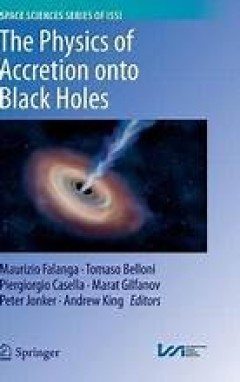
The Physics of Accretion onto Black Holes
Provides a comprehensive summary on the physical models and current theory of black hole accretion, growth and mergers, in both the supermassive and stellar-mass cases. This title reviews in-depth research on accretion on all scales, from galactic binaries to intermediate mass and supermassive black holes. Possible future directions of accretion are also discussed. The following main themes …
- Edition
- 1
- ISBN/ISSN
- 978-1-4939-2227-7
- Collation
- Fisika
- Series Title
- Space Sciences Series of ISSI
- Call Number
- 530
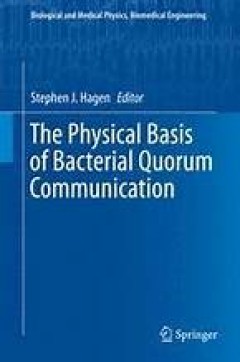
The Physical Basis of Bacterial Quorum Communication
Quorum sensing (QS) describes a chemical communication behavior that is nearly universal among bacteria. Individual cells release a diffusible small molecule (an autoinducer) into their environment. A high concentration of this autoinducer serves as a signal of high population density, triggering new patterns of gene expression throughout the population. However QS is often much more complex th…
- Edition
- 1
- ISBN/ISSN
- 978-1-4939-1402-9
- Collation
- Fifika
- Series Title
- Biological and Medical Physics, Biomedical Engineering
- Call Number
- 530
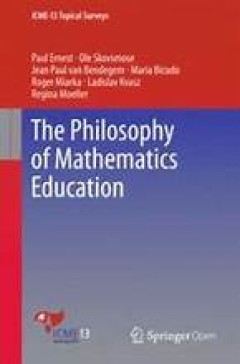
The Philosophy of Mathematics Education
This survey provides a brief and selective overview of research in the philosophy of mathematics education. It asks what makes up the philosophy of mathematics education, what it means, what questions it asks and answers, and what is its overall importance and use? It provides overviews of critical mathematics education, and the most relevant modern movements in the philosophy of mathematics. …
- Edition
- 1
- ISBN/ISSN
- 978-3-319-40569-8
- Collation
- -
- Series Title
- ICME-13 Topical Surveys
- Call Number
- 510
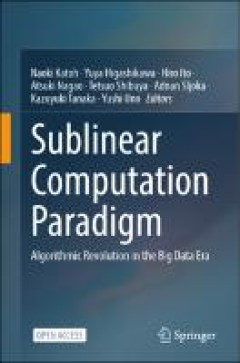
Sublinear Computation Paradigm: Algorithmic Revolution in the Big Data Era
This open access book gives an overview of cutting-edge work on a new paradigm called the “sublinear computation paradigm,” which was proposed in the large multiyear academic research project “Foundations of Innovative Algorithms for Big Data.” That project ran from October 2014 to March 2020, in Japan. To handle the unprecedented explosion of big data sets in research, industry, and ot…
- Edition
- Ed. 1
- ISBN/ISSN
- 9789811640957, 9789811640957
- Collation
- 410
- Series Title
- -
- Call Number
- 511.8 SUB s

Chapter 11 Photoacoustics — A Novel Tool for the Study of Aquatic Photosynt…
The photoacoustic method allows direct determination of the energy-storage efficiency of photosynthesis by relating the energy stored by it to the total light energy absorbed by the plant material (Canaani et al., 1988; Malkin & Cahen, 1979; Malkin et al., 1990). These authors applied the photoacoustic method to leaves in the gas phase, where brief pulses caused concomitant pulses of oxygen tha…
- Edition
- -
- ISBN/ISSN
- -
- Collation
- -
- Series Title
- -
- Call Number
- 572

Capacity adequacy in the Nordic electricity market
An increasing share of intermittent renewable generation and reduced profitability of conventional power generation has led to a growing concern for capacity adequacy in the Nordic electricity market (Nord Pool market area). It does not make sense to assess capacity adequacy for each country separately in the Nord Pool market area as it is highly integrated in terms of both interconnector capac…
- Edition
- Ed. 1
- ISBN/ISSN
- 9789289342858
- Collation
- 143
- Series Title
- TemaNord,
- Call Number
- 551.68 NOR c

Chapter Facing Malaria Parasite with Mosquito Symbionts
- Edition
- -
- ISBN/ISSN
- -
- Collation
- -
- Series Title
- -
- Call Number
- 510 CHA
- Edition
- -
- ISBN/ISSN
- -
- Collation
- -
- Series Title
- -
- Call Number
- 510 CHA
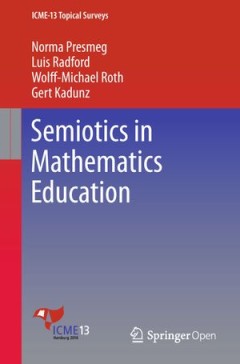
Semiotics in Mathematics Education
Mathematics Education
- Edition
- -
- ISBN/ISSN
- 9783319313696
- Collation
- VII, 40 halaman
- Series Title
- ICME-13 Topical Surveys
- Call Number
- 510 PRE s
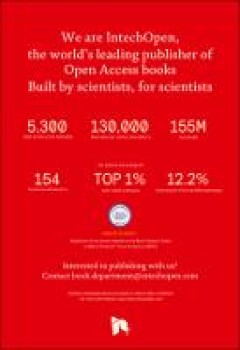
Chapter GIS and ex situ Plant Conservation
- Edition
- -
- ISBN/ISSN
- -
- Collation
- -
- Series Title
- -
- Call Number
- 537 KRI c
- Edition
- -
- ISBN/ISSN
- -
- Collation
- -
- Series Title
- -
- Call Number
- 537 KRI c
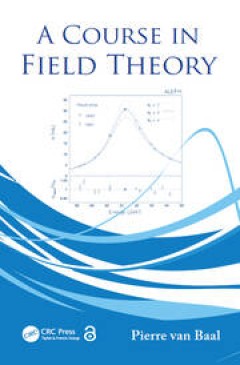
A Course in Field Theory
Extensively classroom-tested, A Course in Field Theory provides material for an introductory course for advanced undergraduate and graduate students in physics. Based on the author's course that he has been teaching for more than 20 years, the text presents complete and detailed coverage of the core ideas and theories in quantum field theory.
- Edition
- -
- ISBN/ISSN
- 9780429073601
- Collation
- -
- Series Title
- -
- Call Number
- 519
 Computer Science, Information & General Works
Computer Science, Information & General Works  Philosophy & Psychology
Philosophy & Psychology  Religion
Religion  Social Sciences
Social Sciences  Language
Language  Pure Science
Pure Science  Applied Sciences
Applied Sciences  Art & Recreation
Art & Recreation  Literature
Literature  History & Geography
History & Geography